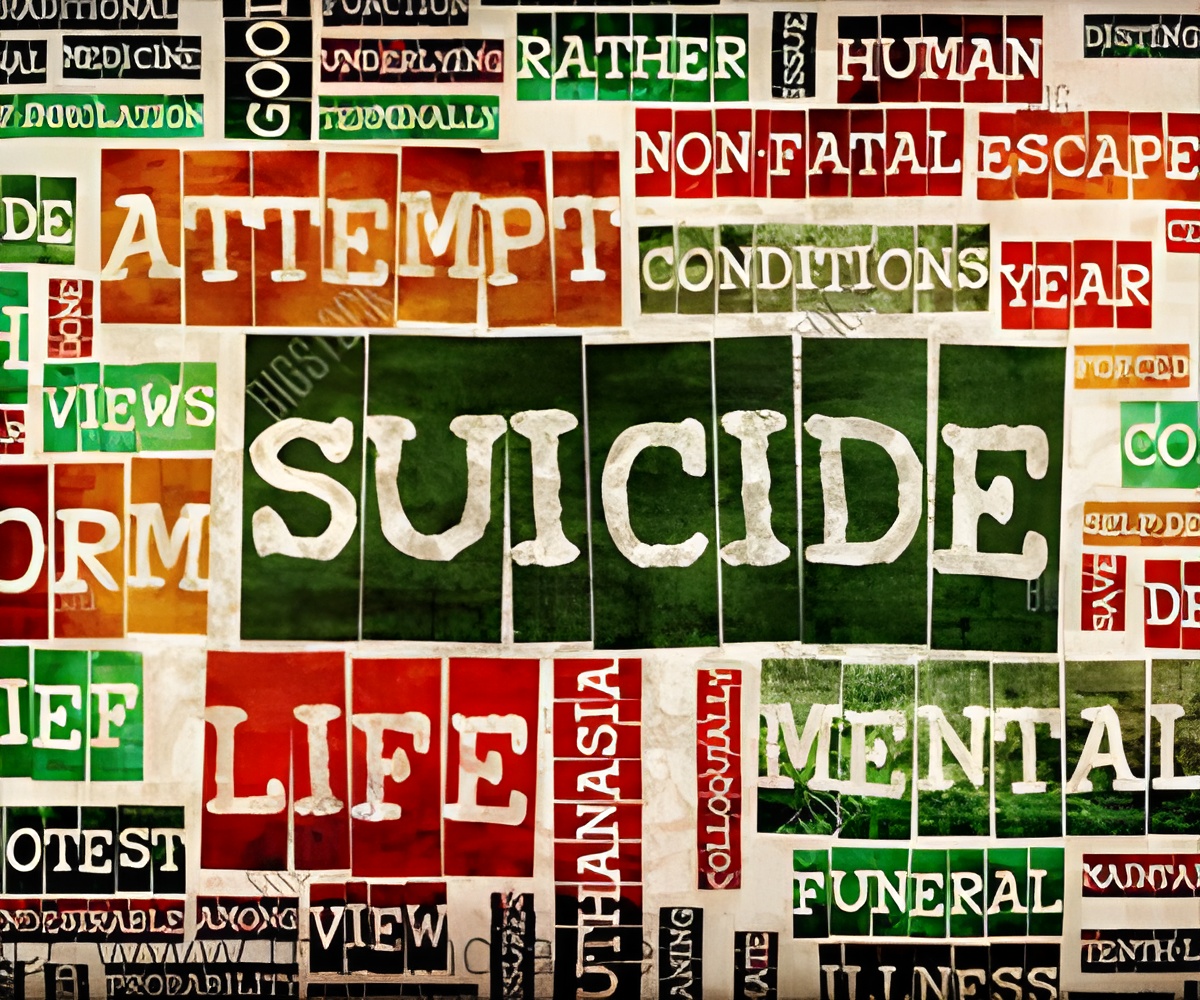Over 80% who die by suicide and 90% who attempt it see a doctor weeks or months beforehand.

Zero Suicide Model Implementation and Suicide Attempt Rates in Outpatient Mental Health Care
Go to source). In 2022, 49,000 people died by suicide in the U.S. Suicide was the second leading cause of death among people ages 10 to 14 and 20 to 34, and it was third leading cause among those 15 to 19.
‘The #Zero_Suicide_Model offers a powerful framework: Identify risks, address them directly. Let's work towards zero #suicides. #suicide_prevention’





Over the course of eight years, researchers at Henry Ford Health and Kaiser Permanente examined implementation of the ZS Model in primary care and behavioral health settings. Previously, the method had only been studied at Henry Ford Health, the Detroit-based health system where the model was founded in 2001. Zero Suicide Model Proven Effective
“We’ve seen over the past 23 years how effective this model can be. Some years we literally have zero suicides within our patient population,” said Brian K. Ahmedani, PhD, lead author of the study and director of research for Behavioral Health Services at Henry Ford Health. “As health systems across the country and around the world begin to adopt this strategy, it was important to prove its effectiveness beyond our health system.”“Prior to the Zero Suicide Model, health systems may have lacked organized programs to identify and address suicide risk. These studies support the implementation of the Zero Suicide Model and reinforce the need for policies to support widespread, comprehensive implementation,” said co-author Gregory E. Simon, MD, MPH, psychiatrist and senior investigator at Kaiser Permanente Washington Health Research Institute.
The ZS Model starts with suicide risk screening that patients fill out before they see their doctor. Providers immediately evaluate the survey; if a patient says they have frequent thoughts about self-harm, they are further assessed for suicide risk. Those at high-risk for suicide work with a specialized member of the care team to create a safety plan that covers who they can call if they’re in distress; cognitive tools for reducing suicidal thoughts; and what they can do to try to make their home environment safe. Then, the patient is referred to an outpatient behavioral health provider for psychotherapy focused on suicide prevention.
The ZS Model Implementation Study published in JAMA Network Open examined implementation in behavioral health clinics at five Kaiser Permanente health systems in California, Oregon, Washington and Colorado, as well as Henry Ford Health locations in Michigan.
Advertisement
The researchers tracked suicide attempts and suicide deaths after implementation and found rates dropped by as much as 25%.
In a concurrent study, researchers examined ZS Model implementation among more than 475,000 patients in 19 primary care practices within the Kaiser Permanente system in the state of Washington. Again, the rate of suicide attempts was 25% lower with the ZS Model approach.
“‘Zero Suicide’ may seem like an impossible goal, but we believe we should strive every day to try to prevent suicide among our patients,” Ahmedani said. “This is the best evidence yet that we have the tools to recognize those in distress, intervene, and help them change course.”
Reference:
- Zero Suicide Model Implementation and Suicide Attempt Rates in Outpatient Mental Health Care - (https://jamanetwork.com/journals/jamanetworkopen/fullarticle/2832230)
Source-Eurekalert










